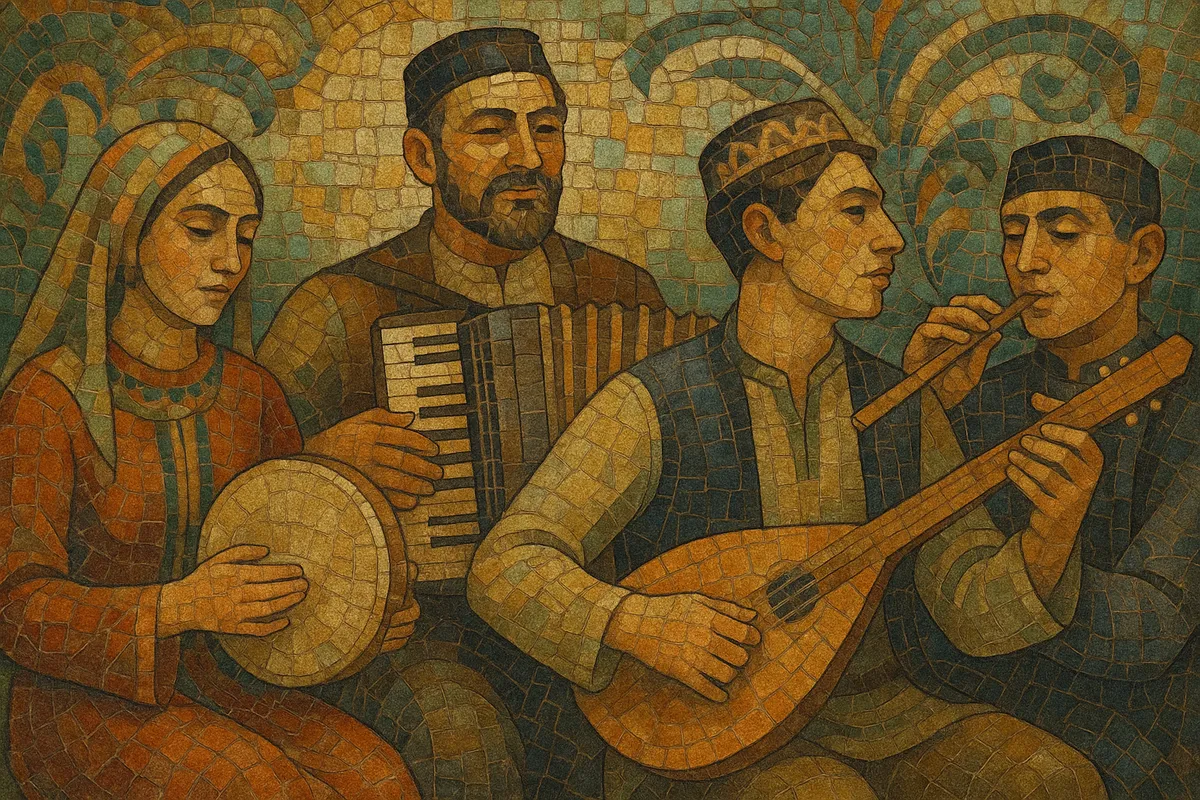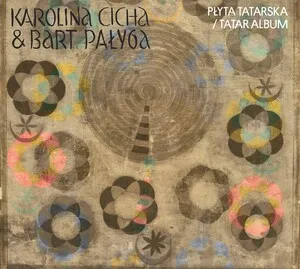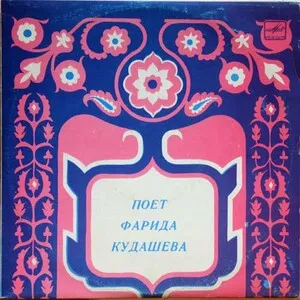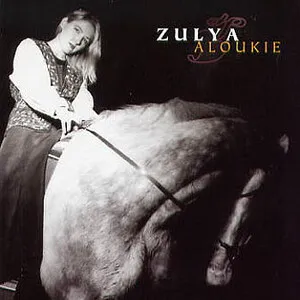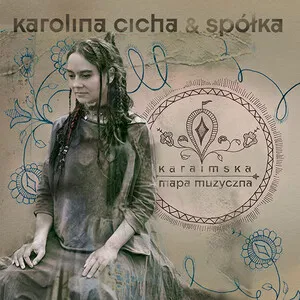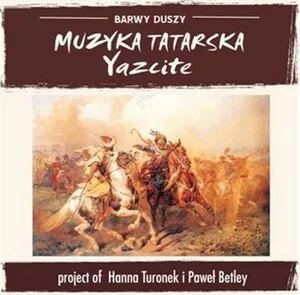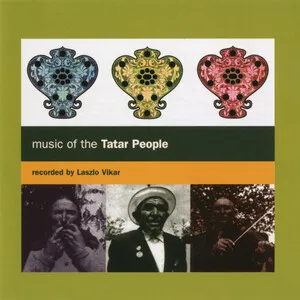Volga Tatar folk music is the traditional music of the Volga Tatars, a Turkic people centered in today’s Republic of Tatarstan and neighboring Volga–Ural regions.
It is primarily vocal, marked by long, ornamented melodic lines, flexible phrasing, and a mixture of pentatonic and modal scales shaped by Turkic steppe traditions and Islamic modal aesthetics. Dance and celebration songs tend to be lively and strophic, while long songs are performed in a freer, rubato style. Typical accompaniments include button accordion (bayan/garmon), jaw harp (kubyz), end-blown flute (quray/kurai), violin, and frame drums, with heterophonic ensemble textures common in folk settings.
The repertoire embraces wedding, cradle, work, and epic songs, reflecting themes of love, nature (the Volga and Kama rivers, forests, and steppe), communal life, and spiritual devotion. Over centuries, it absorbed influences from neighboring Bashkir, Mari, Mordvin, and Russian communities, as well as from broader Central Asian and Islamic musical cultures.
Volga Tatar folk music traces its roots to the Volga–Ural Turkic traditions of Volga Bulgaria and the Golden Horde. As Islam became established in the region (10th–13th centuries), melodic practice and performance contexts were shaped by Islamic culture and modal thinking, while older steppe song traditions persisted.
From the medieval period onward, Tatars lived alongside Bashkir, Mari, Mordvin, Chuvash, and Russian communities. Trade, seasonal work, intermarriage, and shared festivities encouraged musical exchange. This yielded shared instruments (e.g., jaw harp, flutes, accordions after their introduction) and compatible song forms (strophic dance songs, lullabies, work chants) while preserving recognizably Tatar melodic language and Tatar-language lyrics.
In the 19th and early 20th centuries, scholars and local collectors began notating and archiving Tatar folk repertoire. Printing, urbanization (Kazan as a cultural hub), and the rise of professional performers broadened access to the tradition and fostered stage presentation formats.
During the Soviet era, Tatar folk music was systematized for stage ensembles and radio. State-supported song-and-dance companies and conservatory-trained arrangers adapted village songs for choir and orchestra of folk instruments, standardizing instrumental line-ups (notably the bayan) and choral textures. While stylized, these formations helped preserve repertoire and broadcast it across the USSR.
Since the late 20th century, fieldwork, festivals, and media in Tatarstan and the diaspora have supported revival and innovation. Artists record archival songs with historically informed instrumentation or blend them with jazz, rock, and world-fusion idioms. Community ensembles keep social repertories (weddings, holidays) active, while soloists and bands present the music on international stages.

